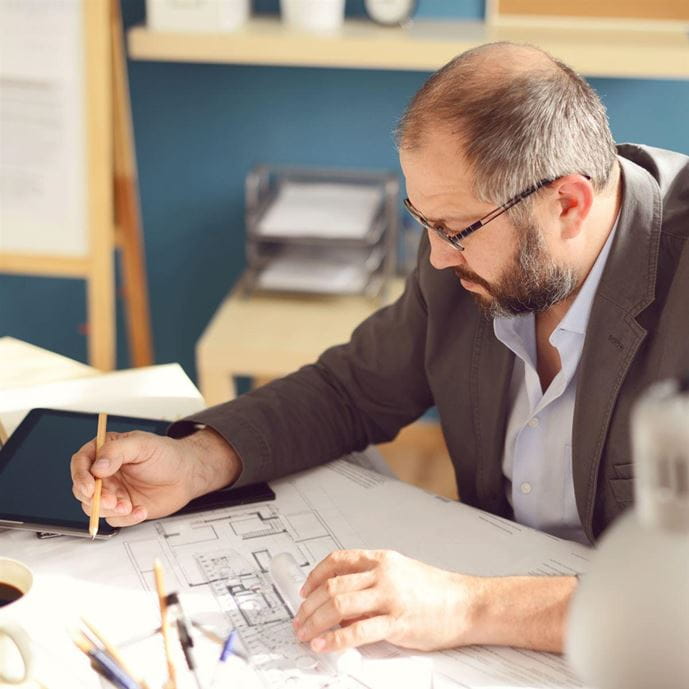Safety by Design
The most important assets to any infrastructure project are the people who plan, design, build, operate and maintain it. That is why it is critically important for all project owners, as well as the consultants and contractor teams they hire, to establish a culture of safety that permeates their organizations and ensures that every worker gets home safely when their day is done. Is there room for your safety culture to flourish? Set yourself up for success by creating a culture of safety, always designing projects with safety in mind, understanding the value of safety, and exploring the safety benefits of alternative project delivery.
Creating a Culture of Safety
Safety, especially on construction sites, is not just something for craft workers to worry about. Safety is everyone’s responsibility. Creating a culture like this requires training for all employees as a baseline, education about industry-specific safety hazards, and recognition and rewarding of employees who champion safety. For site managers, implementing management systems can help you keep track of an employee’s completed safety trainings and certifications; however, bear in mind that even the best systems cannot replace regular in-person reinforcement of safety’s importance.
The best way to make safety a priority in your organization and on your projects is to assemble a team of safety experts that can lead the charge. Make sure that all your projects feature well defined, detailed safety plans that list personal protective equipment (PPE) requirements. Consider implementing a near-miss program to help your project teams and employees identify and resolve safety hazards—both on infrastructure sites and in office settings. Safety checklists can also be used to help you reinforce the safety mindset within your teams. To use a real-world example, if a project team member knows they will be lifting heavy objects, they can use a safety checklist to determine if they will need from teammates or equipment, such as a dolly.
Designing with Safety in Mind
Through the conceptual and detailed design phases of a project, you can uncover safety issues before construction ever begins. Discovering these issues will help you not only to eliminate hazards but also to avoid costly errors. Because your ability to influence safety diminishes over time, if planners and design engineers can detect issues early, they can recommend alternatives that will eliminate unnecessary rework, which is a double-edged sword; it accumulates extra costs to the owner while exposing project teams to potential hazards twice. Make sure you employ strong safety controls to mitigate trip and fall hazards, reduce chemical exposure and promote work-safe ergonomics.

Engineers should also be well acquainted with the field work being performed and provide a design review with each project team department, the client and subcontractor, considering work-related and natural hazards while documenting emergency plans to strengthen safety before anyone even steps foot onto the work site.
Understanding the Value of Safety
It is important to note that taking proper safety precautions during design and construction (and after the project is complete) can bear you economic benefits. The cost of injury on a work site is much more expensive than the extra work it may take to eliminate the hazard potential. Since a single major accident can shut down a project for extended periods of time, making early site modifications can lead to tangible cost savings.

Furthering the argument for safety’s value, you can expect social benefits from implementing a robust safety plan. Citizens or customers are happiest when they know they can trust that infrastructure projects and operations are being carried out safely in their communities or by the companies from which they purchase products.
Using Alternative Project Delivery to Maximize Safety
So what about project delivery? Are there certain delivery methods that promote safety more over others? The answer is yes. Project owners like you are increasingly turning to alternative project delivery methods to solve for safety.
The reason why alternative project delivery methods, such as design-build or progressive design-build, enhance safety is because of increased collaboration between owners, designers and builders. By keeping client owners in the loop more effectively than traditional delivery methods, design-build is inherently bent on increasing safety.
Design-build also allows for the use of innovative technologies to support collaboration. By allowing you the ability to visualize 4D/5D renderings of job sites or to walk through a project design via mixed reality technology, potential hazards can be more easily noted and mitigated. Most importantly, innovative technologies, coupled with design-build delivery, allows designers and construction staff to collaborate and educate each other like never before, effectively mitigating safety concerns.
So, are you ready to lead the charge for safer projects? As you begin to implement or reinforce your safety program, remember the importance of employee buy-in. Give your staff and those you hire the incentive to be safe. Have an open-door policy to encourage conversations about safety. And empower your teams to make decisions that will strengthen safety for themselves, your organization and every person impacted by your infrastructure.







